What is tomato brown spot, methods of control and prevention of the disease
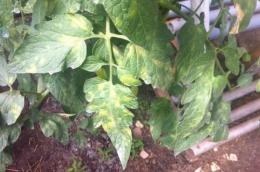
To obtain a good harvest of garden crops, vegetable growers often have to solve several problems. They mainly concern the selection of the required assortment, increasing the fertility of the land, organizing care and glaze, pest and disease control. All these questions arise when growing tomatoes. The prevention of viral and bacterial infections of tomatoes requires special attention.
In recent years, vegetable growers have paid attention to the fact that brown spot of tomatoes, like some other diseases, interfere with getting a good harvest of this crop. In some years, the disease affects up to 80% of tomato plantings in gardens. This occurs in unheated greenhouses and in open ground. To successfully prevent a disease, you need to understand who or what causes it.
Content:
- Biology of the causative agent of tomato brown spot
- How to deal with brown spot on tomatoes
- Prevention of cladosporiosis disease
Biology of the causative agent of tomato brown spot
The causative agent of cladosporiosis or brown spot is the fungus Cladosporium fulvum Cooce. Infection occurs when conidia of this fungus enter the plant. Conidia differ from ordinary spores in that they are formed not in special organs of the cladosporium fungus - sporangia, but directly on the outgrowths of the mycelium, conidiophores. The formation of conidia is asexual reproduction. Conidia are light, dust-like and easily fall on a variety of objects.
Cladosporium conidia can get onto healthy plants from the air, from water, or from working tools. The danger of this method of infection is that conidia can remain viable without a host plant. They overwinter well on plant debris, in and on the soil, and on greenhouse structures. Conidia are resistant to high and low temperatures and drying.
Once on the leaves, in conditions of high humidity, conidia of the cladosporium fungus begin to germinate. The main factor for rapid growth is humidity above 90 - 95%. Most often, fungal damage to leaves becomes noticeable in the middle of the growing season, when tomatoes gain color and form an ovary.
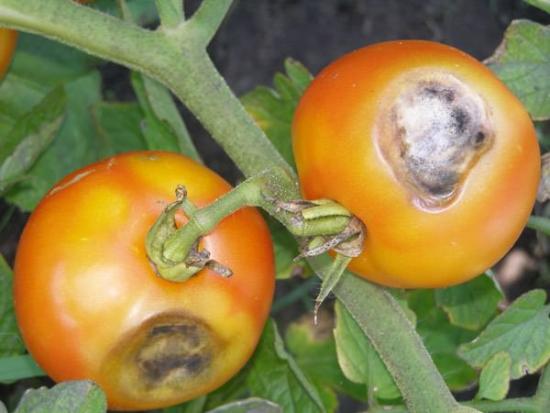
On the upper side of the leaf blades, yellowish spots of various shapes and sizes become noticeable. If you turn the leaf plate over, a light coating is clearly visible from below, which gradually darkens and turns brown. In addition, the texture of the plaque becomes denser and velvety. These are the germinating conidia, the causative agents of brown spot. tomatoes. If effective measures are not taken at this stage, the leaves will begin to lose their color and shape, they turn yellow, dry out and crumble.
The weakened leaves die first. When tomatoes lose their green leaves, they also lose their ability to photosynthesize in the amount required for fruiting, which significantly reduces the yield. The pathogen can settle on flowers and infect young tomato ovaries. If you do not recognize the disease in time and do not start fighting it, you can lose most of the harvest.
How to deal with brown spot on tomatoes
Treatment of plants for brown spot should begin immediately. In case of minor damage, folk methods of struggle will help.
Folk methods of struggle:
- spraying with garlic infusion. Half a kilo of garlic cloves, you can add a garlic clove and chop in any way. Pour 10 liters of water and leave for a day. Then generously spray all the tomato bushes on the plot or in the greenhouse.
- alternate watering the tomato with a solution of potassium permanganate with watering with a solution of wood ash. Dilute potassium permanganate until pink, and to obtain an ash solution you need 300 g of ash, pour 1 - 2 liters of water and heat to a boil. After 15 minutes, remove from heat and bring volume to 10 liters.
If folk remedies do not help, then you will have to resort to chemicals. drugs.
Chemicals against brown spot of tomatoes
When resorting to spraying with chemicals, you need to remember that if three weeks have not passed after it, tomatoes cannot be eaten.
- spraying with contact preparations from the Bravo series. Prepare the solution according to the attached instructions and treat the tomato plantings. It is advisable to do this in dry weather. After 7 - 10 days, repeat the treatment.
- Spraying with Fitolavin can be recommended for large areas affected by the disease. The solution of this drug easily penetrates the cells and treats tomatoes from the inside. In greenhouses, tomatoes are processed twice, in open ground up to 3-4 times.
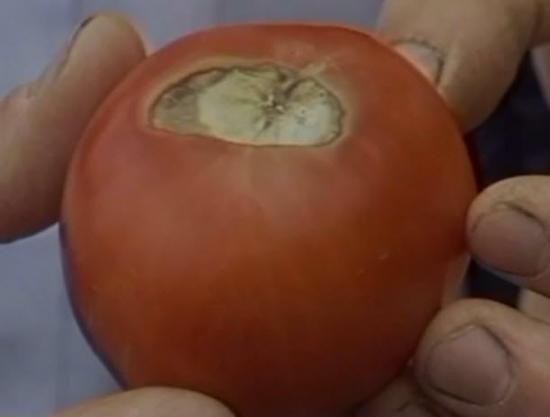
As you know, the best treatment is timely prevention.
Prevention of cladosporiosis disease
Before landing Tomato soil can be shed with a solution of phytosporin. The same drug is added to the water for irrigation, alternating watering with clean water and watering with a phytosporin solution.To avoid the spread of the disease, preventive spraying of tomatoes is used after planting seedlings. This is done with a break of 14 days. The same Fitolavin is suitable for this.
For prevention, you can water the tomato bushes with a yeast solution. It is enough to dilute 0.1 kg of yeast in 10 liters of water. To prevent infection, you must follow the principle of crop rotation and do not plant tomatoes after potatoes, peppers, and eggplants.
In addition, after harvesting, all tops and other plant debris are removed from the garden bed and destroyed. Compliance with the humidity regime will also be a good preventative measure against brown spot of tomatoes. At a humidity of 60 - 70%, conidia do not germinate. In addition, growing disease-resistant tomato hybrids and varieties will significantly reduce the risk of infection:
- Our Masha F 1
- Victoria F 1
- Red Comet F 1
- Red cherry
- Titanic F 1
- Admiralteysky
The above preventive measures will help avoid loss of tomato yield from brown spot disease.
Video about brown spot of tomatoes and treatment methods:

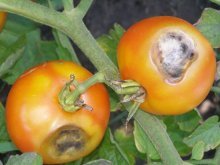
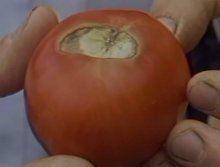
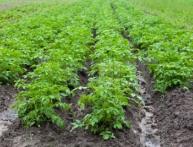

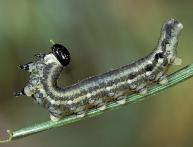

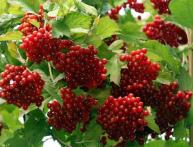
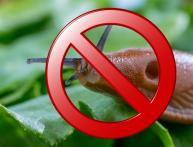
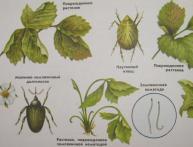
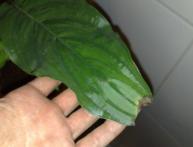
Comments
We use Fitosporin to protect tomatoes from various diseases. True, some fruits still get sick and dry spots appear on them, as in the photo in the article. I sprayed 3 or 4 times during the season this year.